

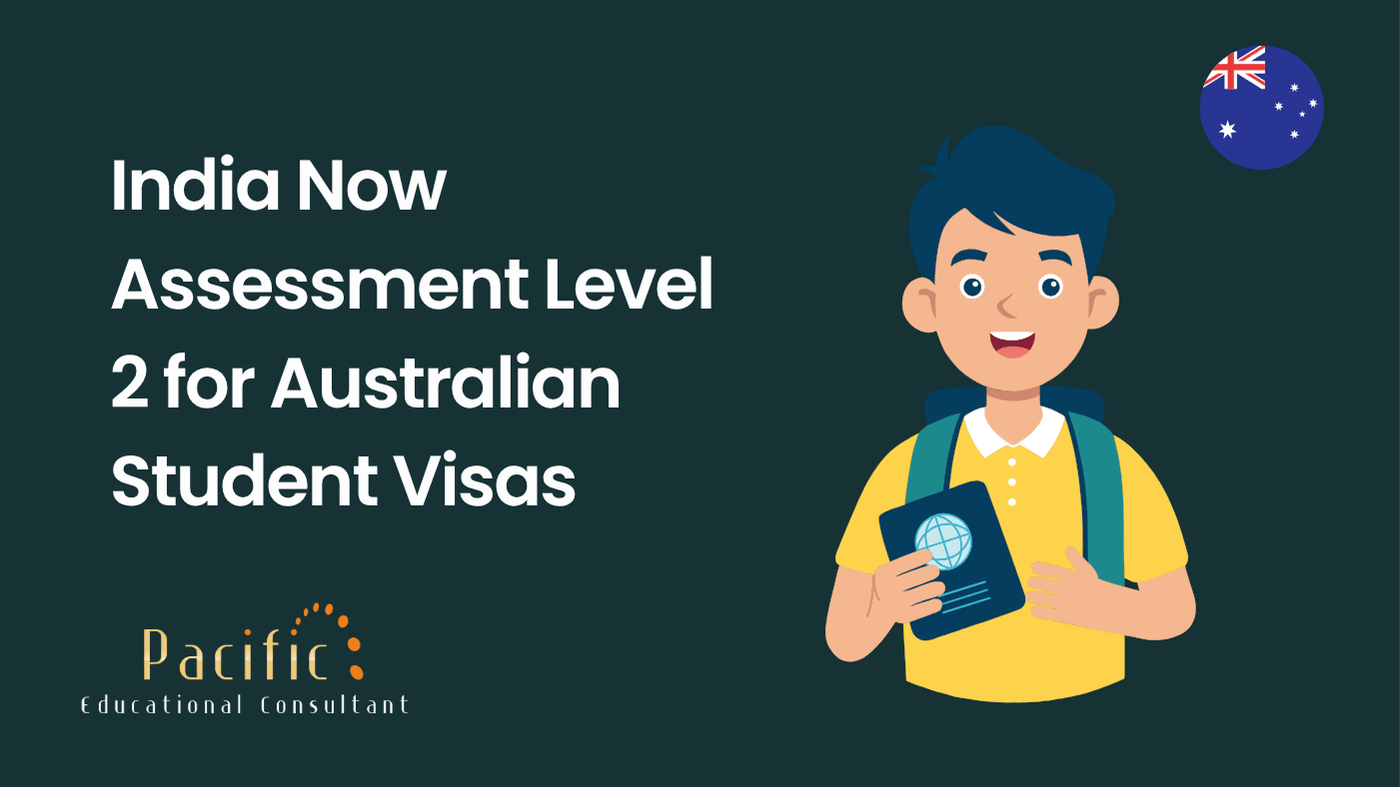
We are pleased to share an important update in international education. India’s assessment level for Australian student visas has shifted from Level 3 to Level 2. While the Australian Department of Home Affairs no longer publicly lists “levels,” this change is widely reflected through the Document Checklist Tool.
For Indian students applying to Australian universities and colleges, this transition means:
Lighter documentation requirements
Smoother application processes
Faster visa outcomes
This development is set to make Australia an even more attractive destination for Indian students planning their 2026 intakes.
Australia uses the Simplified Student Visa Framework (SSVF) to determine evidence requirements. Two key factors influence this:
Country of Passport – in this case, India
Education Provider – the specific university, college, or institute
Moving from Level 3 to Level 2 reduces the amount of upfront evidence Indian students may need to provide.
Level 1 (Low Risk): Bangladesh, Sri Lanka
Level 2 (Medium Risk): India, Bhutan, Vietnam, China, Nepal
Level 3 (High Risk): Fiji, Philippines, Pakistan
Level 1: Faster, fewer documents
Level 2: Moderate checks, more financial/academic proof
Level 3: Strictest scrutiny – strong funds, academics, and GTE/GS required
Evidence levels impact visa speed, ease & approval rates
Level 1 countries have the most favorable position
Financial Capacity Evidence: Proof of funds may not always be mandatory upfront.
English Language Evidence: IELTS or PTE scores may not be required in every case.
Important Note: Even if the checklist shows “no evidence required,” students must still prepare documents. Universities and visa officers can request financial or English language proof at any stage. Being prepared avoids unnecessary delays or refusals.
Easier Admissions
Universities can issue offers faster with reduced upfront requirements.
Smoother Visa Applications
Fewer documentation needs lead to quicker processing and fewer rejections.
Recognition of Integrity
This change reflects Australia’s trust in Indian students and agencies that maintain ethical practices and high-quality applications.
Confidence for Families
Parents can now trust that Australia is more accessible and reliable as a study abroad destination.
To check whether your university or course reflects Level 2:
Visit the Document Checklist Tool on the Department of Home Affairs website.
Select Country of Passport: India.
Enter your university name or CRICOS provider code.
Click Display Evidence to see requirements.
Reminder: This is guidance only. Universities or immigration officers may still request extra documents. Always prepare a complete file for a smoother process.
At Guide to Heights, we ensure students maximize the benefits of this transition through:
🎓 Course & University Shortlisting: Recommending providers with favorable evidence requirements.
📑 Visa Filing Support: Preparing complete applications to minimize refusal risk.
💰 Scholarship & Loan Guidance: Assisting with funding, scholarships, and approved education loans.
✈️ On-Arrival Services: Airport pickup, accommodation, mentorship, and networking.
📝 IELTS & PTE Training: Comprehensive test preparation and discounted PTE vouchers.
Our 100% ethical and transparent practices not only help students succeed but also strengthen India’s positive reputation with Australia.
Yes, many student–provider combinations now reflect Level 2 in the Document Checklist Tool. However, this is not uniform across all universities or courses.
No. While not always mandatory upfront, officers and universities can still request financial and English documentation.
Students applying to universities with a low provider risk rating benefit the most, as evidence requirements are lighter.
This reduces the documentation burden and speeds up applications. However, visa approval still depends on genuine, complete, and accurate submissions.
We align your application with the latest updates, ensuring complete documentation and maximizing your visa success chances.
The shift from Assessment Level 3 to Level 2 is a landmark update for Indian students aiming to study in Australia. With smoother applications, lighter documentation, and faster outcomes, 2026 intakes are set to be more accessible than ever.
At Guide to Heights, we are committed to guiding students through every step—from admission to visa filing and beyond—ensuring their study abroad journey is successful and stress-free.
👉 Talk to our experts today to make the most of this opportunity.
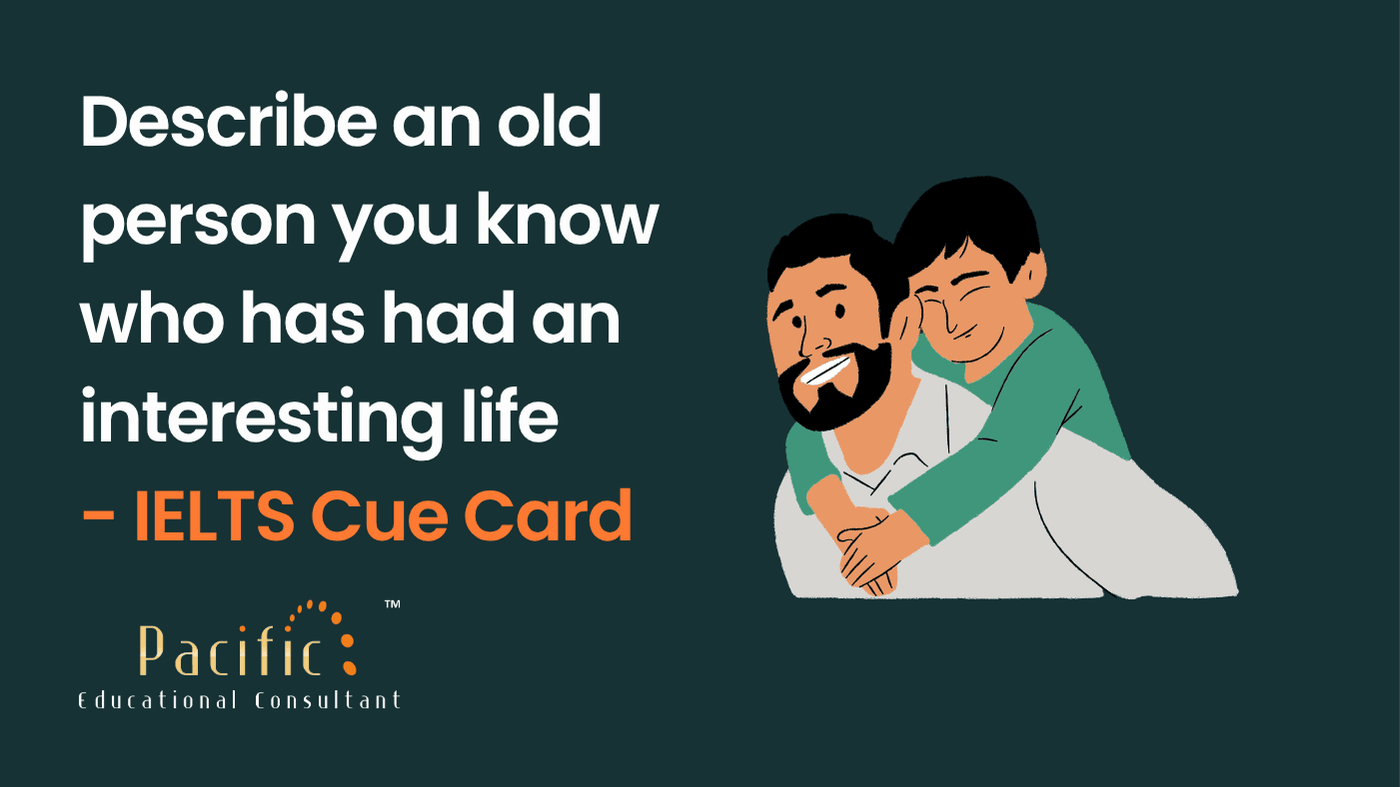
Describe an old person you know who has had an interesting life - IELTS Cue Card

Describe a toy you liked in your childhood - IELTS Cue Card
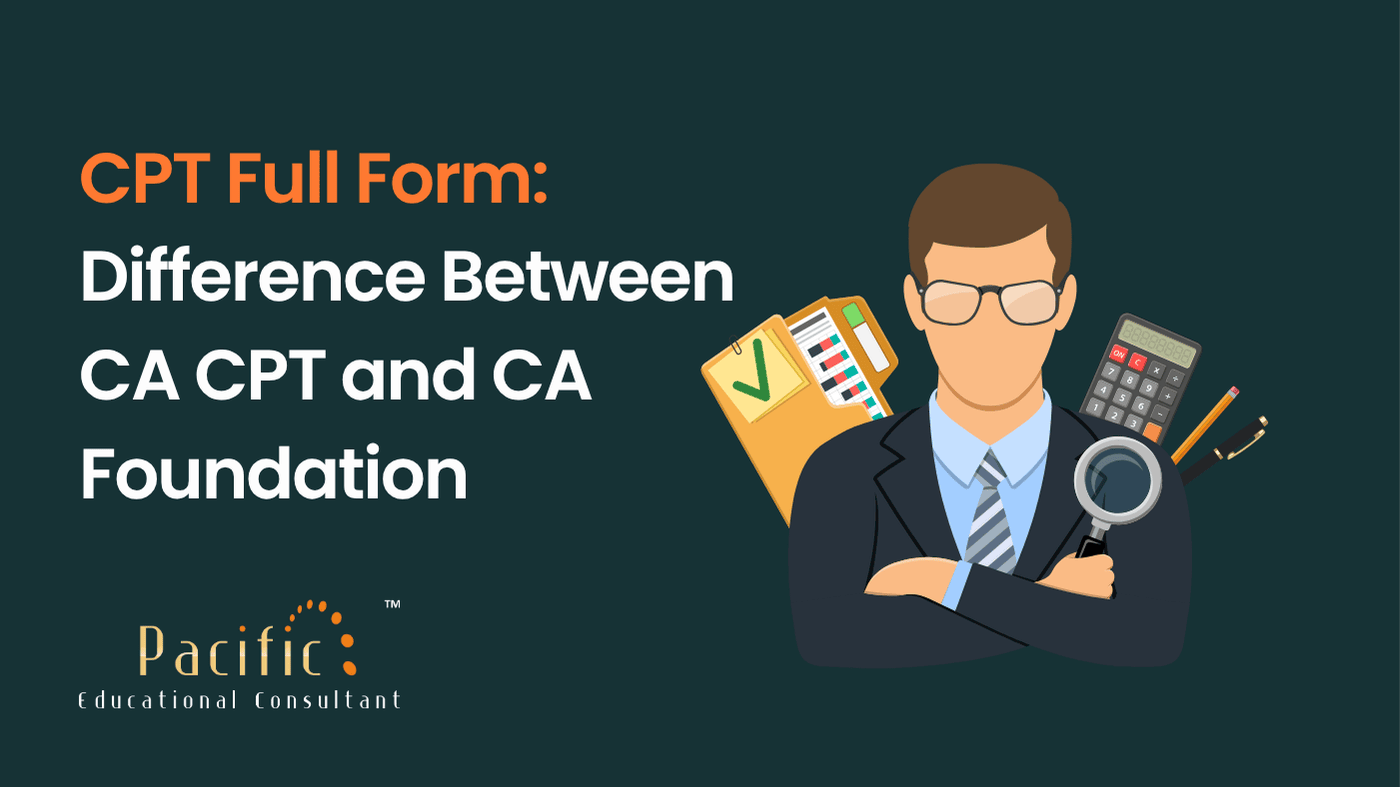
CPT Full Form: Difference Between CA CPT and CA Foundation

5 Indian Freedom Fighters Who Studied Abroad and Changed India’s History
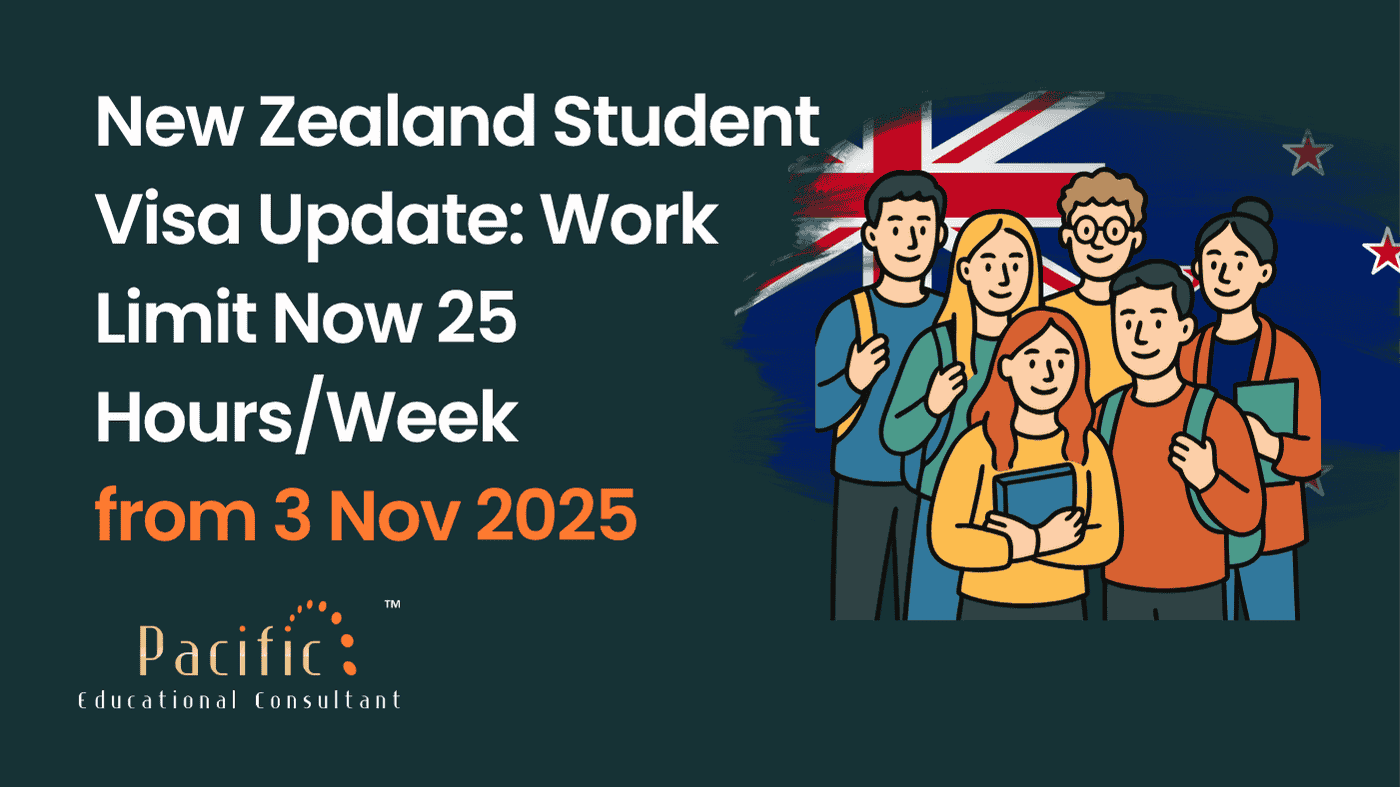
New Zealand Student Visa Update: Work Limit Now 25 Hours/Week from 3 Nov 2025

Describe a family member who you want to work with in the future - IELTS Cue Card
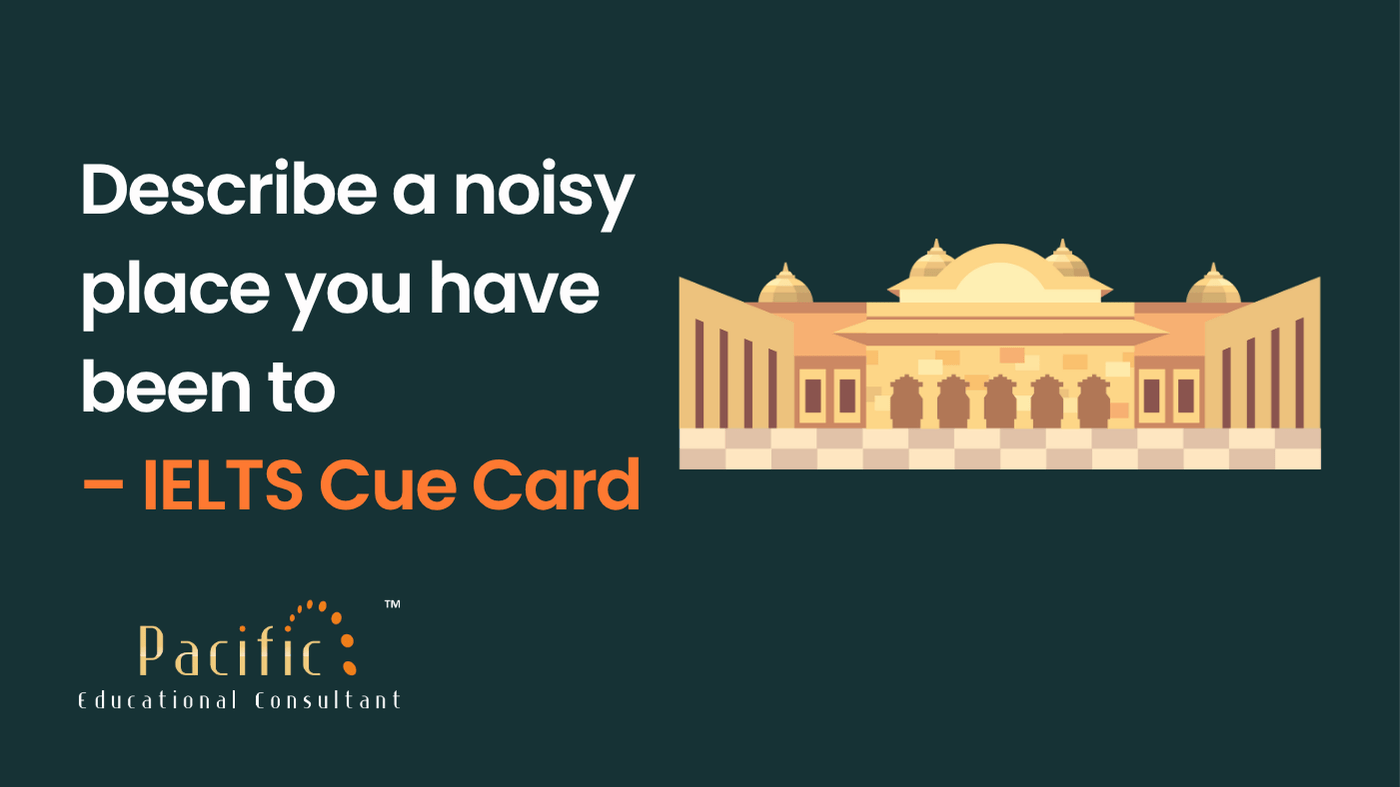
Describe a noisy place you have been to - IELTS Cue Card

Describe a time you enjoyed a free day off work or school – IELTS Cue Card

Bachelor in Business Economics (BBE)

BE IT Full Form: Complete Guide to Eligibility, Syllabus, Fees, and Career Scope